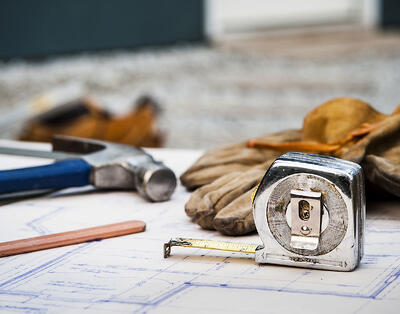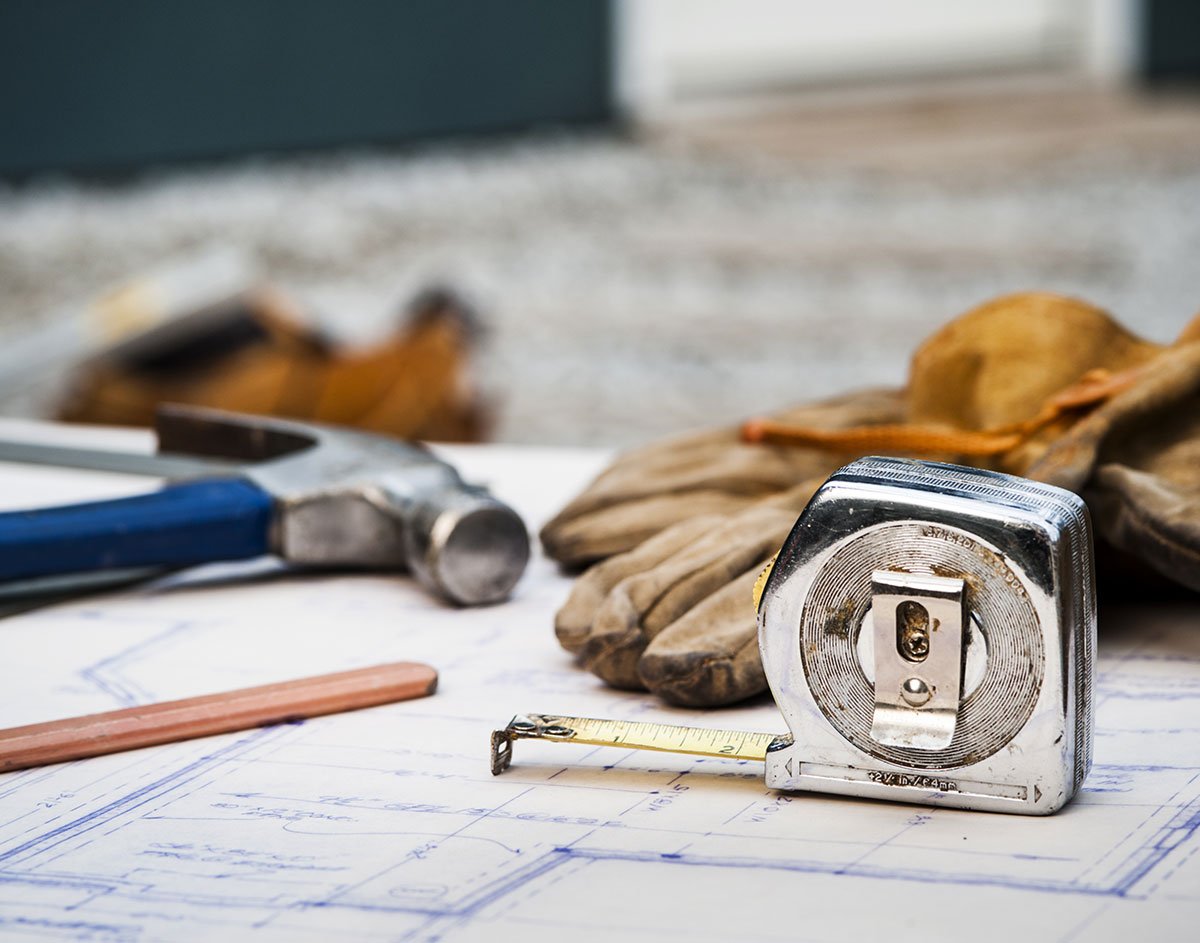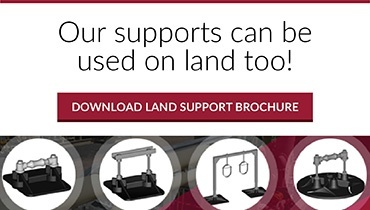 Nothing is more frustrating than having to go back and fix an installation that wasn’t done right the first time. When it comes to installing piping or ductwork on a rooftop, the pipe support design and system are the most important elements that often get overlooked. These oversights can result in unnecessary and costly repairs.
Nothing is more frustrating than having to go back and fix an installation that wasn’t done right the first time. When it comes to installing piping or ductwork on a rooftop, the pipe support design and system are the most important elements that often get overlooked. These oversights can result in unnecessary and costly repairs.
Here are three of the most common mistakes to watch for when installing roof pipe supports:
1. Not Allowing for Expansion
All materials undergo dimension changes due to fluctuating temperatures. When you are working with long lengths of piping or ductwork, it is critical to take into account the coefficient of expansion of the material you are working with. For instance, a 100-foot length of PVC pipe will vary in length by approximately 3.6 inches with a change in temperature of 100° F.
Pipe expansion can be addressed in a variety of ways. Expansion joints and/or flexible couplings may be incorporated to allow for pipe movement. Another option is simply to allow the system to “free float.” In this approach, the pipes must be guided loosely enough to the roof pipe supports to allow for anticipated pipe length changes due to thermal expansion and contraction.
When installing free-floating roof pipe supports, it is a good idea to consult a thermal expansion chart and include an extra 5% variance to allow for deviations from average for the material you are working with.
Red flag: If your pipe support design includes changes of direction, check to be sure your anticipated change in pipe length will not result in excessive stress or bending of the joints.
2. Improper Preparation of Surface
Proper installation of rooftop equipment requires proper surface preparation and cleaning. Objects trapped under the roof pipe supports can leave the system more vulnerable to wind damage, or compromise the roof membrane. Be sure to thoroughly clear debris and gravel from around and under each pipe support before installing.
In a free-floating system, keep in mind that the pipe supports may slide a little bit as pipes expand and contract. Removing any accumulated dirt or sand from the roof before installation will help prevent surface damage to metal or rubber roofing.
Red flag: Before installing heavy pipes, consult the roofing manufacturer to determine roof membrane compression capacity. It may be necessary to install a rubber pad or similar device under each pipe support for adequate weight distribution, and to protect the roof membrane.
3. Improper Leveling of Roof Pipe Supports
When installing your piping or ducts, be sure each pipe support is level and square to the roofing surface. Gaps between the roof and the supports may result in unwanted rocking or other movement. It could also lead to inadequate load distribution. This could damage the roof, stress the pipe joints, and/or cause damage to the roof pipe supports themselves. In some cases, it could even adversely affect system performance.
Red flag: Pressure thrusts can sometimes dislodge previously level supports when pipes are filled for the first time. If you are installing a pressurized system, be sure to inspect the pipe supports once they are under pressure in order to be sure they are still sitting correctly.
These oversights may seem obvious, but it is surprising how often they occur. Before sending your contractors or employees out on any job, make sure they are aware of these common mistakes and how to avoid them. Doing the job right the first time may require a little more attention to detail, but it will save a lot of headaches over the lifetime of your rooftop system.




